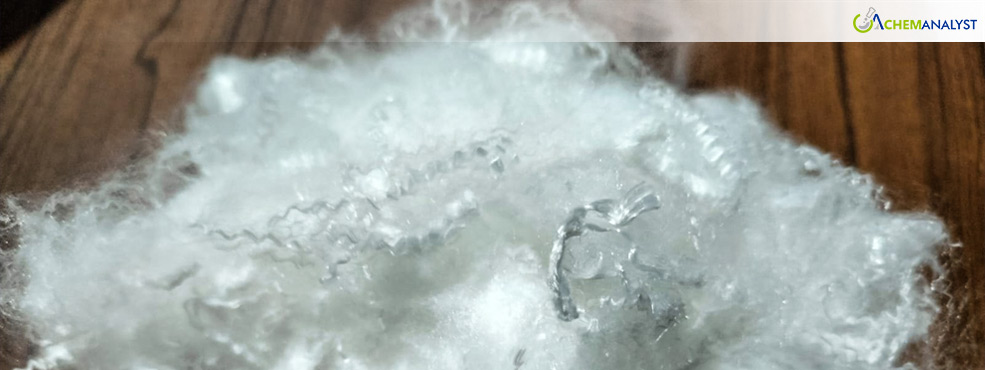Global PSF Market Sees Price Drop as Supply Grows and Production Costs Remain Low
- 10-Oct-2024 9:00 PM
- Journalist: Motoki Sasaki
In early October 2024, global Polyester Staple Fiber (PSF) prices remained under pressure, primarily due to weak production costs. However, the Asian market saw high sales rates driven by stockpiling amid festive activities and holidays, while the U.S. and European markets continued to procure moderately on PSF.
In the U.S. and Europe, PSF prices remained relatively stable during the first week of October, with a marginal decline of 0.7% and 0.8%, respectively. This slight drop was largely attributed to cheaper PSF imports from Asia. Although downstream demand for PSF in these regions remained moderate, stocking activities have been limited. In the US, PSF consumption has been moderate, affected by changing consumer behavior due to inflation and economic uncertainty. While the U.S. economy remained stable in September 2024, inflationary pressures persisted. Retail sales showed solid growth, but the upcoming November presidential election has created uncertainty, raising concerns about future PSF demand.
In contrast, the Asian PSF market experienced a more pronounced downward trend in early October. In China, PSF prices dropped by around 2%, largely due to weak feedstock prices. While MEG prices remained stable, PTA prices saw a 3.7% increase following an 11% decline in September. Meanwhile, Asia's PX (Paraxylene) prices have been steadily decreasing over the past six weeks, with the PX-naphtha spread hitting multi-year lows. By late September, the spread had fallen to a three-year low, signaling a sharp reduction in PX margins. Additionally, crude oil market sentiment was weak before the holidays, mainly due to expectations of subdued demand and the return of oil supply. While OPEC+ plans to increase production in December, escalating geopolitical tensions in the Middle East are expected to influence global crude oil prices, which could further impact PSF production costs in the coming months.
Despite these bearish factors, the Asian market witnessed high production and strong sales for PSF in late September and early October, driven by the peak demand season. September and October are traditionally strong months for the textile sector, and multiple positive factors supported PSF demand. Ahead of the Mid-Autumn Festival and National Day holidays, there was a notable uptick in stocking activity, contributing to higher sales.
However, analysts predict that PSF prices in the Asian market may face downward pressure in the coming weeks. The crude oil market remains uncertain, with imbalances in supply and demand affecting future price outlooks. Moreover, PSF plants have ramped up production, leading to an increase in supply compared to September. The conclusion of the short squeeze in the futures market and the shift toward reverse hedging have also weakened market sentiment. As PSF inventories build up after the holidays, sellers with high stock levels may rush to offload their products, especially with selling conditions expected to become more challenging in November and December. These factors suggest that PSF prices could continue to decline in October, and this trend in the Asian market is likely to influence PSF prices in the U.S. and European regions.



